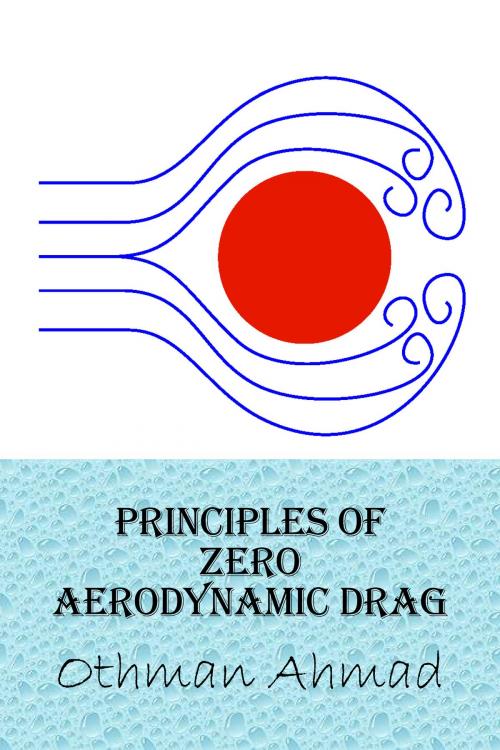| Author: | Othman Ahmad | ISBN: | 9781310706455 |
| Publisher: | Othman Ahmad | Publication: | January 25, 2016 |
| Imprint: | Smashwords Edition | Language: | English |
| Author: | Othman Ahmad |
| ISBN: | 9781310706455 |
| Publisher: | Othman Ahmad |
| Publication: | January 25, 2016 |
| Imprint: | Smashwords Edition |
| Language: | English |
This book is a collection of correspondences and articles describing the issues with the Principles of Zero Aerodynamic drag. The principles are used to file a patent with the title of Zero Aerodynamic Drag Vehicles. Initially the author though that these principles are so simple that there is no need for further explanation but based on comments by reviewers and patent examiners, these principles are not really easy to understand, let alone exploit. Attempts to publish in journals are therefore abandoned and this eBook should pave the way for the public to understand the principles and therefore exploit them in their designs. The details of the patent will not be revealed in this book.
The idea for the Principles of Zero Aerodynamic Drag had come after decades of thoughts in designing low loss moving devices. It is not that difficult to design shapes that will have extremely low aerodynamic drag but it is impossible to get the drag to be zero just by changing the shapes of the moving devices. A spark of idea suddenly occurred to the author to achieve Zero Aerodynamic Drag by going back to the fundamental principles.
The main contributing idea had come from a website that describes the basic principles of aerodynamic drag in a car. Refer to this http://www.buildyourownracecar.com/race-car-aerodynamics-basics-and-design/ (assessed on the 25th Jan. 2016). The basic explanation is that the drag is caused by the high pressure in front of a moving vehicle and the vacuum at the back of the moving vehicle. We all should experience these forces as we move our palms in water. We can feel the high pressure in frontal part of our moving palm and the bubbles at the back of the hand.
Once you fully understand these fundamental principles, it should be obvious that we can make the aerodynamic drag to be zero. However when confronted with the ideas that we can make aerodynamic drag to be zero, there is too much resistance. This occurs even when practical designs are presented that shows how the principles can be exploited. There is a need for more details on how these principles are derived mathematically and hopefully allow more people to understand and be convinced.
This book is a collection of correspondences and articles describing the issues with the Principles of Zero Aerodynamic drag. The principles are used to file a patent with the title of Zero Aerodynamic Drag Vehicles. Initially the author though that these principles are so simple that there is no need for further explanation but based on comments by reviewers and patent examiners, these principles are not really easy to understand, let alone exploit. Attempts to publish in journals are therefore abandoned and this eBook should pave the way for the public to understand the principles and therefore exploit them in their designs. The details of the patent will not be revealed in this book.
The idea for the Principles of Zero Aerodynamic Drag had come after decades of thoughts in designing low loss moving devices. It is not that difficult to design shapes that will have extremely low aerodynamic drag but it is impossible to get the drag to be zero just by changing the shapes of the moving devices. A spark of idea suddenly occurred to the author to achieve Zero Aerodynamic Drag by going back to the fundamental principles.
The main contributing idea had come from a website that describes the basic principles of aerodynamic drag in a car. Refer to this http://www.buildyourownracecar.com/race-car-aerodynamics-basics-and-design/ (assessed on the 25th Jan. 2016). The basic explanation is that the drag is caused by the high pressure in front of a moving vehicle and the vacuum at the back of the moving vehicle. We all should experience these forces as we move our palms in water. We can feel the high pressure in frontal part of our moving palm and the bubbles at the back of the hand.
Once you fully understand these fundamental principles, it should be obvious that we can make the aerodynamic drag to be zero. However when confronted with the ideas that we can make aerodynamic drag to be zero, there is too much resistance. This occurs even when practical designs are presented that shows how the principles can be exploited. There is a need for more details on how these principles are derived mathematically and hopefully allow more people to understand and be convinced.















